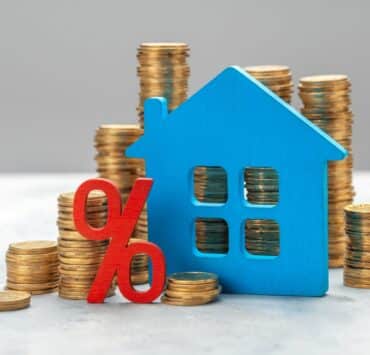The housing market’s lock-in effect has long influenced homeowners’ decisions to sell. As mortgage rates climbed, many chose to stay put, reluctant to swap low-rate mortgages for higher ones. Recently, this trend has shown signs of easing, marking a pivotal shift in housing dynamics.

Understanding the Shift
We’re seeing more homes listed for sale, which is promising for those looking to buy. However, even with a noticeable increase in listings, they still haven’t reached the numbers seen before the pandemic. The impact of this change varies by region, with some areas experiencing more significant shifts in their local markets.
Implications and Examples of the Market’s Lock-in Effect
The easing of the housing market’s lock-in effect could lead to a more dynamic environment where homeowners are more inclined to sell, even at potentially higher mortgage rates. This shift may increase home listings, providing more options for buyers. In regions where the inventory grows significantly, we might observe a moderation in home prices. This scenario would be advantageous for buyers, as it could bring about a more stable and possibly more affordable housing market.
The Future of Housing
As the lock-in effect continues to ease, we may see a more balanced housing market. Homeowners reassessing their stance on selling could lead to increased activity and opportunities for buyers and sellers alike.
Related posts:
 Affordable Rental Provider Repays $710K to Arlington County
Affordable Rental Provider Repays $710K to Arlington County
 Reduce Your Environmental Footprint: Simple Water Conservation Tips for Your Home
Reduce Your Environmental Footprint: Simple Water Conservation Tips for Your Home
 10 Precautions to Stay Safe During a Home Renovation
10 Precautions to Stay Safe During a Home Renovation
 Surge in US Housing: A Close Look at the November 2023 Boom
Surge in US Housing: A Close Look at the November 2023 Boom
 Seattle Fort Lawton Housing Plan Revision: A New Vision for Affordable Living
Seattle Fort Lawton Housing Plan Revision: A New Vision for Affordable Living




